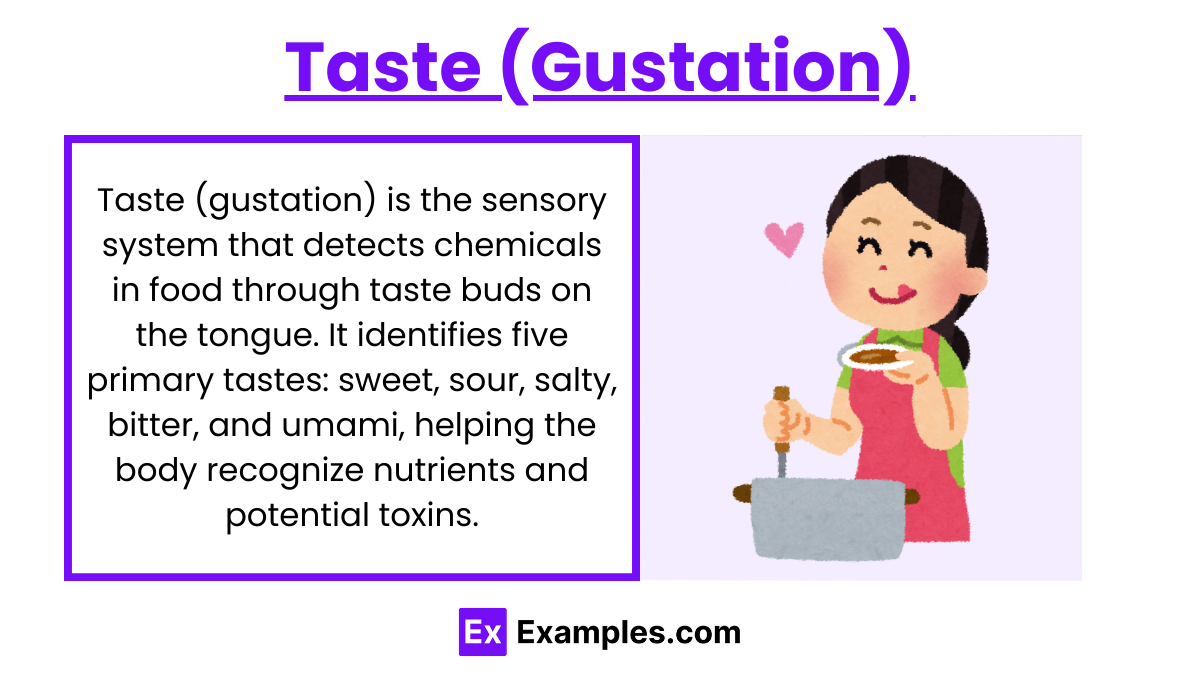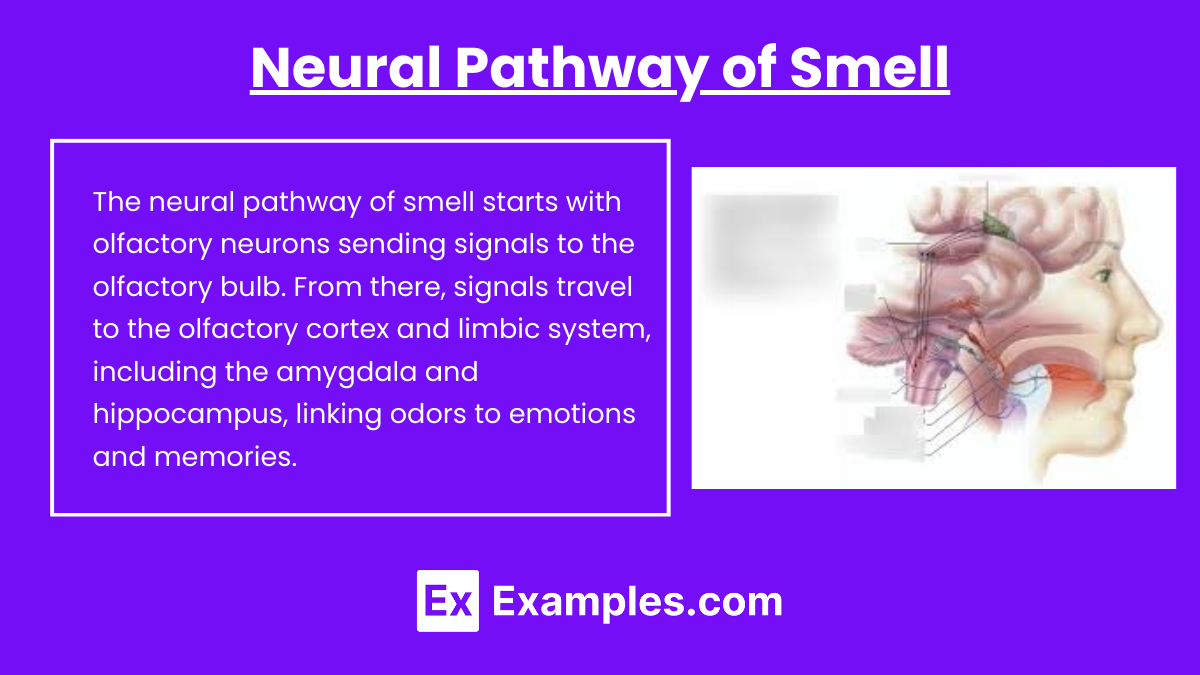Preparing for the MCAT requires a thorough understanding of the sensory systems, particularly taste (gustation) and smell (olfaction), which are essential for mastering topics related to sensory processing. Understanding how these chemical senses detect environmental stimuli, including the mechanisms behind taste receptors and olfactory neurons, will provide you with crucial insights into sensory integration and perception. This knowledge is vital for excelling on the MCAT and for a deeper grasp of how our brain interprets complex sensory inputs like flavor and odor, essential for survival and daily functioning.
Learning Objectives
In studying Taste (Gustation) and Smell (Olfaction) for the MCAT, you should develop an understanding of the sensory mechanisms involved in detecting chemical stimuli in the environment. Explore the anatomy of taste buds and olfactory receptors, and understand how signal transduction pathways for taste and smell initiate neural responses. Examine the roles of cranial nerves, G-protein coupled receptors (GPCRs), and ion channels in transmitting gustatory and olfactory information to the brain. Additionally, study how the integration of taste and smell contributes to the perception of flavor and how these senses are crucial for survival and daily behavior. Apply this knowledge to solving MCAT practice questions on sensory processing, neural pathways, and sensory disorders like anosmia and dysgeusia.
Introduction
The senses of taste and smell are crucial for detecting chemicals in our environment. Taste (gustation) and smell (olfaction) are both chemoreceptive senses, meaning they detect chemicals in the environment. Understanding the anatomy, function, and interaction of these two senses is vital for the MCAT, especially in questions related to sensory systems, perception, and neurobiology.
Taste (Gustation)

Anatomy of Taste

Taste is primarily detected on the tongue, where specialized receptors called taste buds are located. Each taste bud contains gustatory cells that detect taste stimuli. These taste buds are found in papillae, which are small projections on the tongue. There are four types of papillae:
- Fungiform Papillae – Mostly on the tip and sides of the tongue.
- Foliate Papillae – Found on the sides of the tongue.
- Circumvallate Papillae – Arranged in a V-shape at the back of the tongue.
- Filiform Papillae – Lacking taste buds, they are involved in texture sensation.
Types of Taste

There are five basic tastes that can be detected by taste buds:
- Sweet – Sugars (glucose, fructose) and some amino acids.
- Sour – Acids, detecting hydrogen ions (H+).
- Salty – Presence of sodium ions (Na+).
- Bitter – Alkaloids (e.g., caffeine, quinine), often signaling toxins.
- Umami – Savory taste, associated with glutamate and other amino acids.
Signal Transduction in Gustation

When a taste molecule binds to a receptor, it triggers signal transduction pathways that lead to an action potential:
- Salty and sour tastes involve ion channels that directly change the cell’s membrane potential.
- Sweet, bitter, and umami use G-protein coupled receptors (GPCRs), specifically the T1R and T2R families. The activated GPCR triggers a cascade that leads to the release of neurotransmitters and sends signals to the brain.
Neural Pathway of Taste

Once gustatory cells are activated, signals travel to the brain via three cranial nerves:
- Facial Nerve (CN VII) – Carries taste signals from the anterior two-thirds of the tongue.
- Glossopharyngeal Nerve (CN IX) – Carries taste signals from the posterior one-third of the tongue.
- Vagus Nerve (CN X) – Carries taste information from the throat and epiglottis.
The signals converge in the gustatory cortex after traveling through the thalamus, where they are processed and integrated with other sensory information.
Role of Taste in Survival
- Bitter taste often signals the presence of toxic substances, thus eliciting a rejection response.
- Salty taste is critical for maintaining electrolyte balance.
- Sweet and umami tastes encourage the intake of carbohydrates and proteins, respectively, which are essential for energy and growth.
Smell (Olfaction)

Anatomy of Smell
Smell detection occurs in the olfactory epithelium, located in the roof of the nasal cavity. The epithelium contains:
- Olfactory receptor neurons (ORNs) – These are bipolar neurons that detect odorants.
- Supporting cells – Provide structural support.
- Basal cells – Act as stem cells, regenerating olfactory neurons.
Olfactory Signal Transduction

Odorant molecules dissolve in the mucus of the nasal cavity and bind to olfactory receptors (a type of GPCR) on the olfactory receptor neurons. Each olfactory receptor neuron expresses only one type of receptor, but each receptor can respond to multiple odorants.
The signal transduction pathway involves:
- Odorant binding to the GPCR.
- Activation of adenylate cyclase, which increases levels of cyclic AMP (cAMP).
- cAMP opens ion channels, leading to depolarization and action potential generation in the olfactory neuron.
Neural Pathway of Smell

Once an action potential is generated, signals travel along the olfactory nerve (CN I) to the olfactory bulb in the brain. The olfactory bulb processes the signals and relays them to:
- Primary olfactory cortex (in the temporal lobe).
- Limbic system (including the amygdala and hippocampus), which links smell with emotions and memories.
- Thalamus and orbitofrontal cortex, where further integration with other senses, such as taste, occurs.
Theories of Olfaction
- Labeled-Line Theory – Each receptor responds to a specific odor and sends a distinct signal to the brain.
- Vibrational Theory – Suggests that the vibrational frequency of odorant molecules helps in odor detection.
- Combinatorial Code Theory – Proposes that different odorants activate combinations of olfactory receptors, allowing us to detect a wide variety of smells.
Examples
Example 1: Role of Taste Buds in Detecting Flavors
- Taste buds contain gustatory cells that detect chemicals in food.
- They respond to five primary tastes: sweet, sour, salty, bitter, and umami.
- Each gustatory cell is specific to a type of taste molecule.
Example 2: Signal Transduction via GPCRs
- Sweet, bitter, and umami tastes activate G-protein coupled receptors (GPCRs).
- Binding of tastants to GPCRs triggers a cascade involving second messengers, leading to neurotransmitter release.
- This signal is transmitted to the brain for taste perception.
Example 3: Role of Cranial Nerves in Taste (Continued)
- The facial nerve (CN VII) carries signals from the front two-thirds of the tongue.
- The glossopharyngeal nerve (CN IX) transmits signals from the back one-third.
- The vagus nerve (CN X) conveys taste signals from the throat and epiglottis.
Example 4: Olfactory Receptors Detecting Odorants
- Olfactory receptors in the nasal cavity detect airborne chemicals (odorants).
- Each receptor responds to multiple odorants, initiating an action potential.
- The signal is relayed to the olfactory bulb for processing.
Example 5: Integration of Taste and Smell in Flavor Perception
- Flavor is a combination of taste and smell.
- Olfactory input contributes significantly to flavor perception by detecting volatile compounds.
- The orbitofrontal cortex integrates gustatory and olfactory signals to form a unified flavor experience.
Practice Test Questions
Question 1:
What role do G-protein coupled receptors (GPCRs) play in gustation?
A) They are responsible for detecting salty and sour tastes
B) They activate ion channels to directly depolarize gustatory cells
C) They transduce sweet, bitter, and umami tastes
D) They inhibit gustatory signals to prevent taste overload
Answer: C) They transduce sweet, bitter, and umami tastes
Explanation:
GPCRs are involved in detecting sweet, bitter, and umami tastes by initiating signal transduction pathways. Tastants bind to these receptors, activating a cascade that leads to the release of neurotransmitters, which then send taste signals to the brain.
Question 2:
Which cranial nerve transmits taste signals from the back one-third of the tongue?
A) Vagus nerve (CN X)
B) Trigeminal nerve (CN V)
C) Glossopharyngeal nerve (CN IX)
D) Facial nerve (CN VII)
Answer: C) Glossopharyngeal nerve (CN IX)
Explanation:
The glossopharyngeal nerve carries taste signals from the posterior one-third of the tongue to the brain, playing a key role in gustatory processing.
Question 3:
Where are olfactory signals first processed after being detected by olfactory receptors?
A) Hypothalamus
B) Olfactory bulb
C) Thalamus
D) Brainstem
Answer: B) Olfactory bulb
Explanation:
Olfactory signals are first processed in the olfactory bulb after being detected by olfactory receptors in the nasal cavity. The olfactory bulb relays these signals to higher brain regions for further processing and integration.


